Natural Dyeing: Foraging For Dyes
One of the most exciting aspects of natural dyeing is foraging for colour around you. There are so many incredible dyes available to us in the natural world & you don’t have to look too far to access these. Recently I have been spending more time foraging for dyes & every time I gather I am amazed at the abundance of natural colour in my locality. I am finding dye plants in the park, down by the river, in the lane behind my studio, in the cracks in the pavement by the side of the road. Many of these dyes are considered weeds which is ironic as a weed is often classed as something that is not valuable. Sometimes there is so much value in the most unassuming of plants & places.
If you have never foraged before and are unsure where to start, take a walk in your area, somewhere that the plants grow wild and free. That could be your local park, in a field close to your house, maybe a green patch on your way to work. Take a moment to stop and look around you. What trees do you see? What “weeds” are growing rampant? What flowers grow in abundance. All these plants hold the colours of your area. The more time you spend observing, the more you will come to both identify and learn about these plants. There are lots of local foraging groups & forums that will help educate you on what you can eat, what’s safe & what to stay away from.
Many plants that give colour are also sources of nourishment, rich in vitamins and minerals when added to our diet. Take nettle, for example, the leaves can be made into soup, the tea is known to reduce inflammation in the body and as a dye, it can yield beautiful shades of tan, Khaki, and rich greens. The leaves and flowers of dandelion yield beautiful shades of yellows and greens and as a tea, it is good for digestion, liver and rich source of vitamin A & K.
Before you begin foraging there are a few things to keep in mind:
It’s always best to gather after heavy winds, that way you can pick what has fallen from the tree.
Always choose to forage from plants that are growing in abundance & if possible gather what has fallen first before taking from the plant or tree.
Only take a small amount from each plant, leaving enough for the plant to continue to thrive.
When taking bark from a tree, try to gather what the tree has naturally shed. If you peel the bark off you could make it vulnerable to pests or infections.
Do your research before gathering, some plants are poisonous & can be hidden amongst that which is safe.
When foraging for wild material make sure to bring a basket or something to hold your foraged goods, a sharp utility scissors will come in handy and a pair of gloves to protect your hands from harm. If you do go foraging or have experience foraging for food or dyes be sure to comment below & let me know what you have found in your area.
Be safe & have fun xo





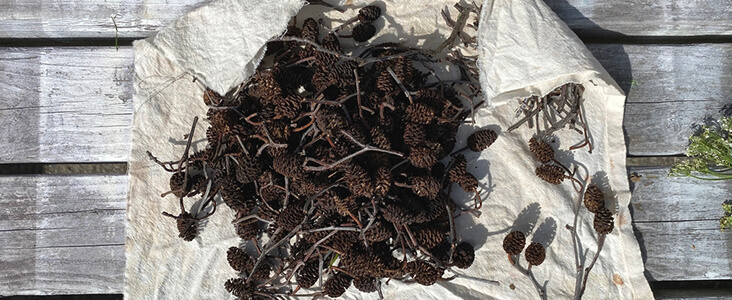
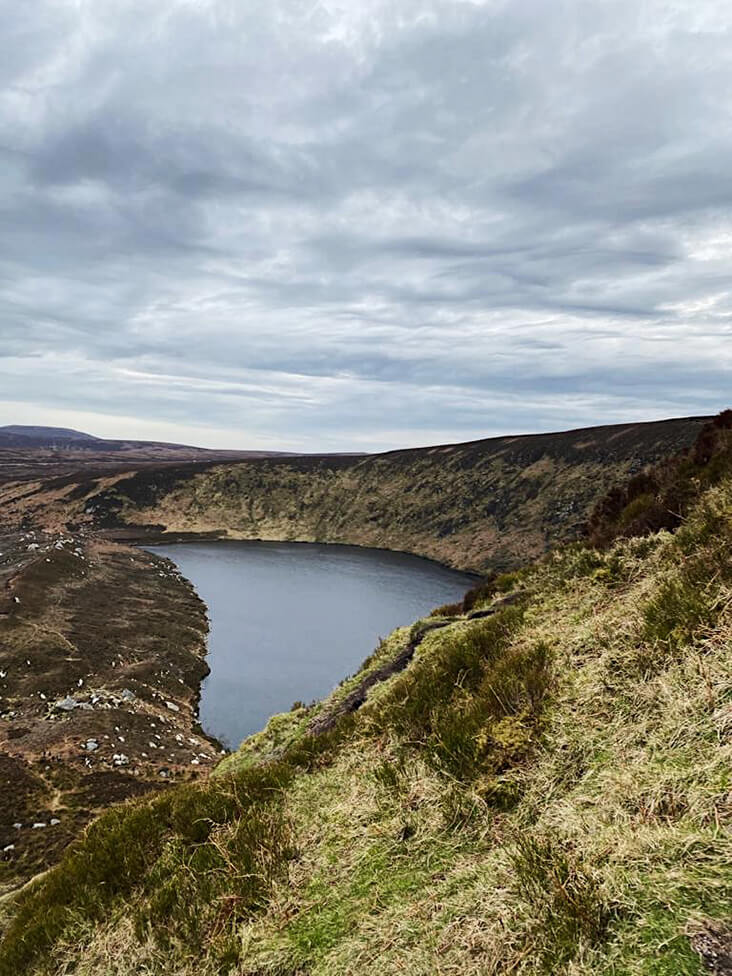
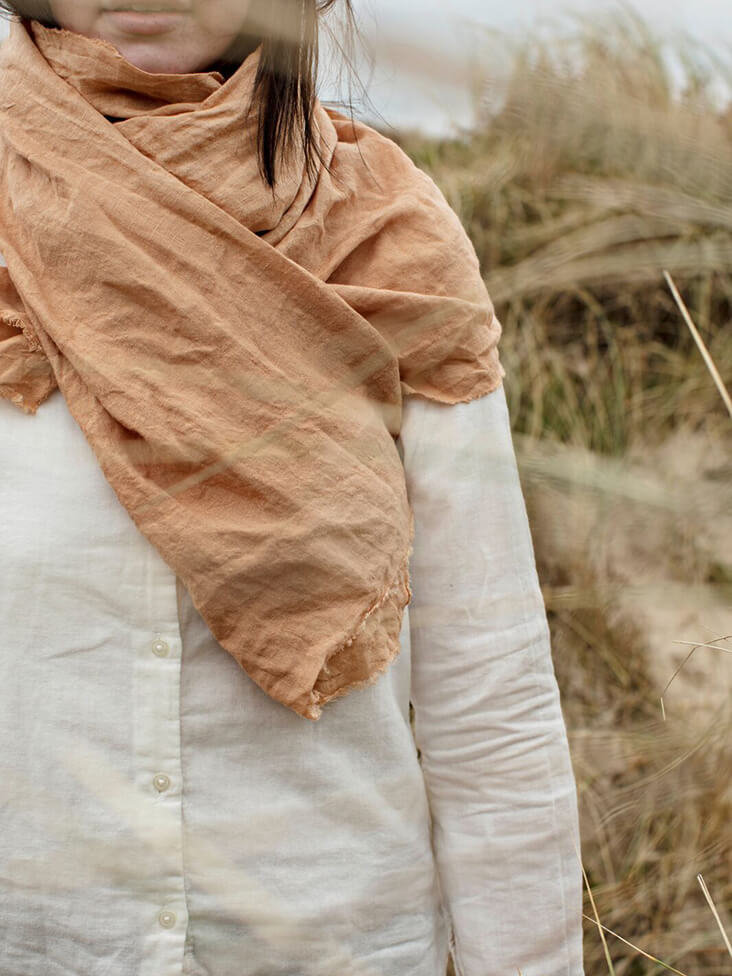
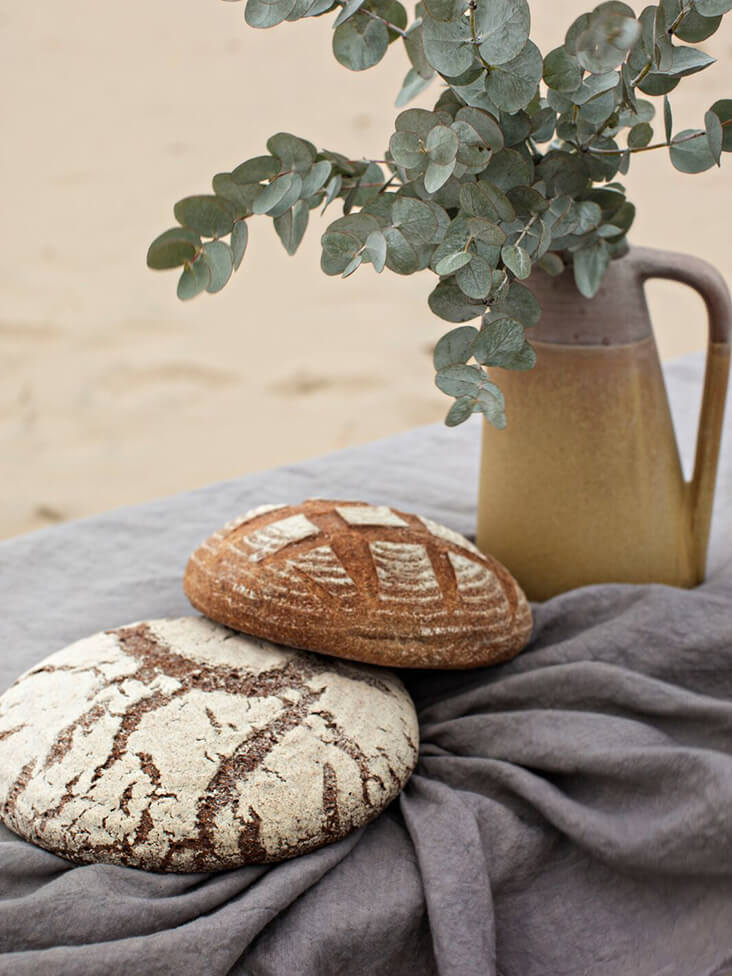












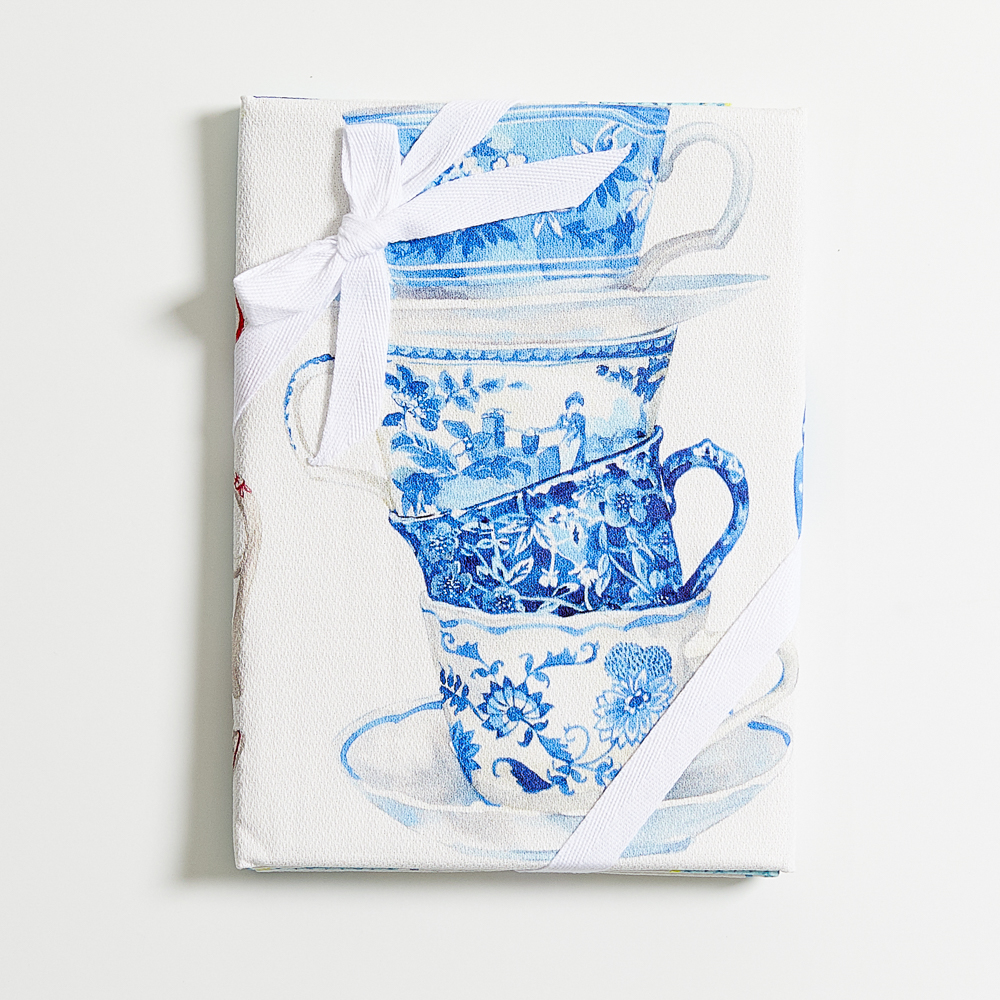






























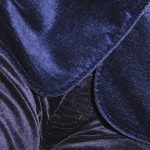

8 Comments
Julia Mira
In my area, Washington State, Velvet-footed Pax mushroom gives navy blue/purple/gray, not super colorfast. Spring nettle gives green if you use a LOT of it and soak it overnight. Queen Anne’s Lace (wild carrot) flowers give a vivid yellow. Lobster mushrooms give magenta/pink. Acorns have tannin and don’t need a mordant.
Lyndsay Dunne
Hi
I am experimenting with natural dyes for an art project and looking for a rich green colour. My project involves foraging for the natural colours in my local woodland and bogs in Co Mayo. I have managed to get a super pale green from nettles but need a stronger tone. Also any natural blues would be great. Any suggestions would be gratefully received. The dyes do not have to be colourfast.
Thanks
Lyndsay
Trish Seifert
I just returned from helping my youngest daughter and her husband settle in with their newborn son. They live in Montana and have a big oak tree in their yard. Are acorns useful for dying? I thought it would be fun to dye a linen or cotton blanket for him from acorns off the oak tree in his first backyard. ?
I get so excited when I see a new post from you!
Kathy Stanwood
Waiting just a bit longer for my favorite to forage – pokeweed is nearly ready as long as the birds don’t get to it first!
Trish Seifert
Do you use pokeweed for dyes? What colors do you get?
Sandy Francsak
Good morning
I am just learning to natural dye thanx to fabric-store
I have a beautiful horse chestnut tree in my yard with an abundance on nuts this year
They can not be eaten but are good for varicose veins and Hemorrhoids Have you ever dyed with horse chestnuts?
And do you recommend a good natural dying book which is also easy I’m looking for a book rather then ebook
Thank you and I follow your blog here on fabric store
Sandy
Julia Mira
Mordant your fabric first, I do 15% wof alum for wool and would use aluminum acetate for linen (except that I use alum anyway, not ideal, but hey). I mordant a bunch of fabric/yarn at one time. Then you can just experiment without making a big deal out of it. I would try the chestnut leaves, the bark, and the nuts, separately, I bet you’d get different colors. Afterwards, you can dip it either in ammonia (alkaline), vinegar (acid), or rusty-nail water (iron) to get color shifts.
Julia Mira
By “try” I mean bung a bunch of plant into a dedicated pot (not a cooking pot) along with the fabric. Bring to a simmer, turn off the heat, wrap it in some towels to preserve the temperature, and wait overnight.